BEMIDJI — The Beltrami County Historical Society will host its annual history mystery event at 5:30 p.m. on Friday, Oct. 24, and Saturday, Oct. 25, at the history center, 130 Minnesota Ave.
This year’s event, “History Mystery: The Suspicious Death of Emma Davids,” invites the public to step back in time to the early days of the North Country, a release said.
“This year’s mystery revisits the life and untimely death of Emma Davids, a woman of Stockbridge-Munsee heritage who came north seeking a new beginning amid Bemidji’s 1906 logging-boom frontier,” the release added. “Found dead at the European Hotel under suspicious circumstances, her passing was officially recorded as ’cause unknown.’
“More than a century later, her story still echoes through the streets of Bemidji and the pine forests of northern Minnesota.”
Community actors will bring Emma’s final days and hours to life in a live mystery performance, after which audience members will step into the role of detective — interviewing suspects, gathering clues, and determining the location of the crime.
Each evening will conclude with prizes for the fastest detective, a random winner drawn from completed clue cards and best costumes. Guests are encouraged to arrive dressed as lumberjacks or ladies of the evening, with family-friendly attire and all genders welcome to choose either role.
The release adds that Face It Together Bemidji is partnering with the historical society to provide attendees with information and resources related to overdose prevention, treatment and addiction recovery, given themes of this year’s event.
“In 1906, laudanum, a potent opiate common in household medicine chests, was both a comfort and a curse across the North Country,” the release said. “It numbed pain but claimed countless lives (perhaps including that of Emma Davids), just as today’s opioid epidemic continues to devastate families and communities across Minnesota.”
Tickets cost…





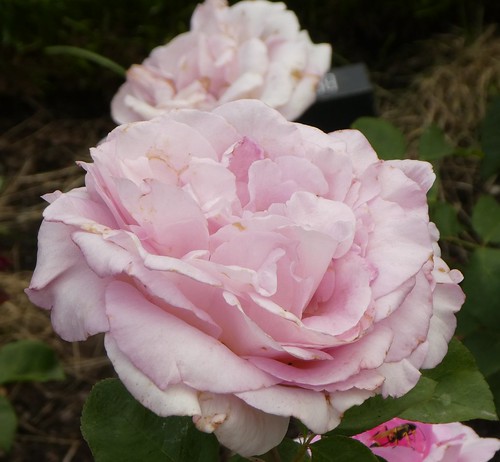



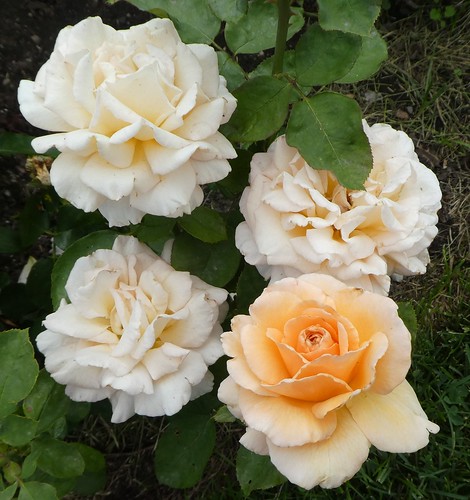







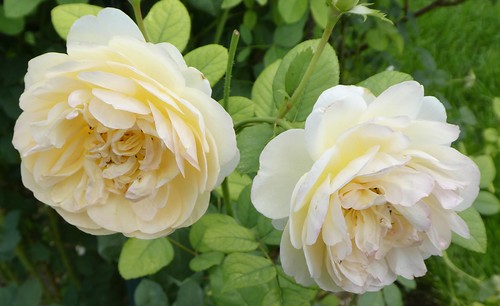





 Hugh Kane/The Williams Record
Hugh Kane/The Williams Record 

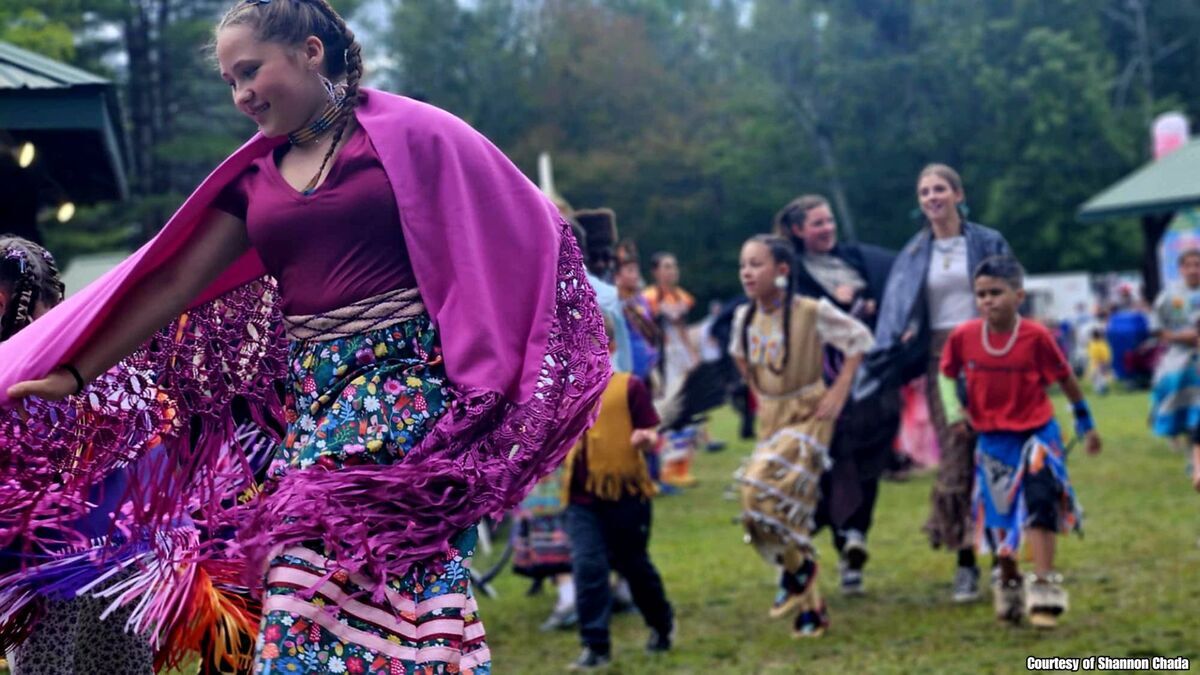
 Stockbridge-Munsee Mohicans and other tribal people will be attending an inaugural powwow at Darrow School.
Stockbridge-Munsee Mohicans and other tribal people will be attending an inaugural powwow at Darrow School. 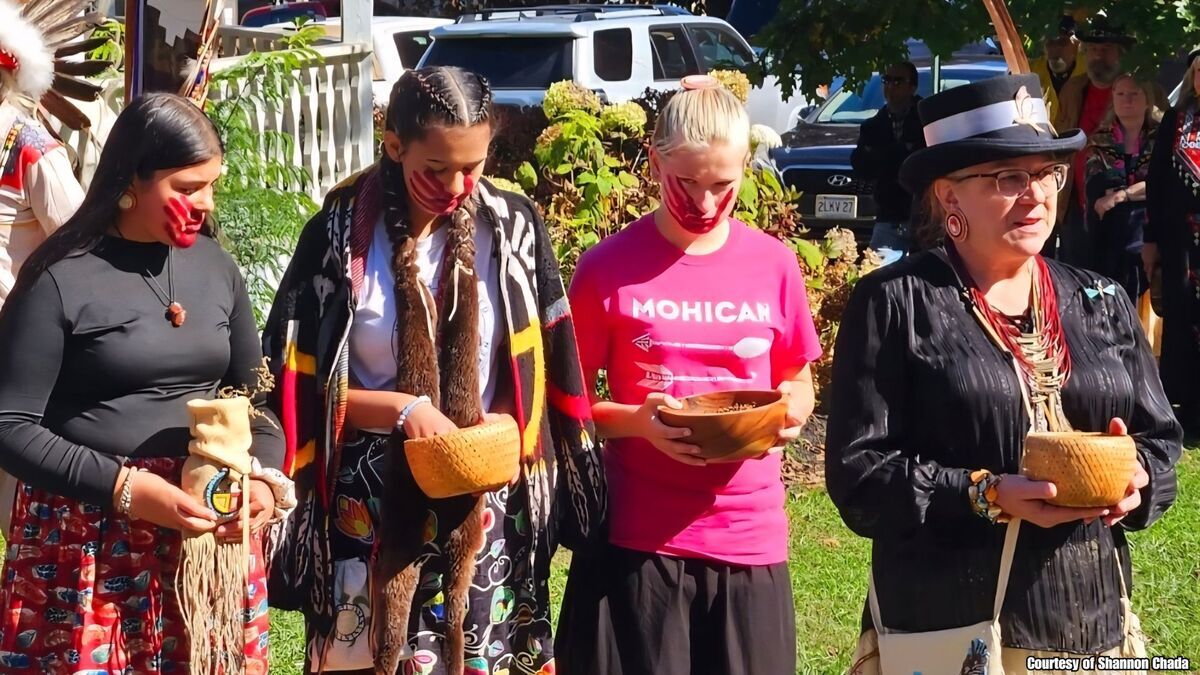

.jpg) Returning to their homeland is a transformative act of reconnection, healing, and spiritual renewal, Homelands PowWow board members said in a recent interview.
Returning to their homeland is a transformative act of reconnection, healing, and spiritual renewal, Homelands PowWow board members said in a recent interview. 



